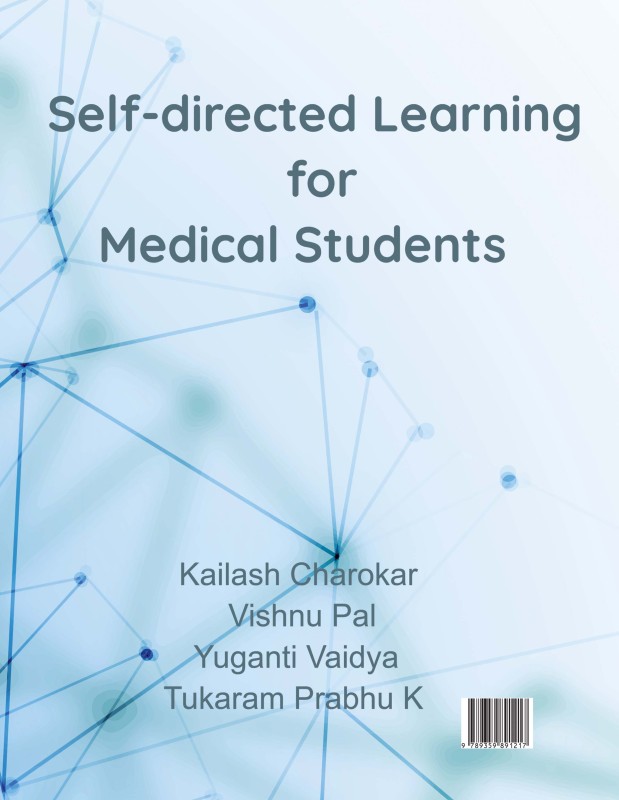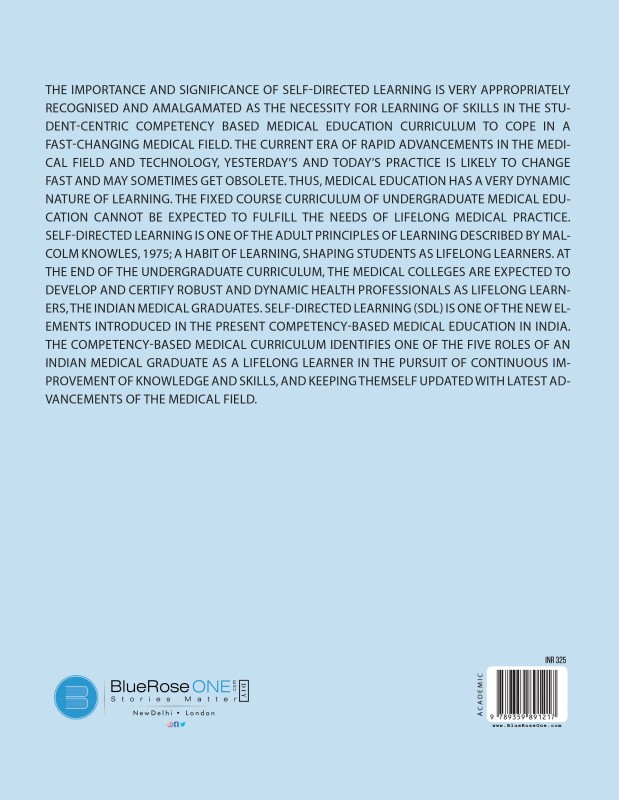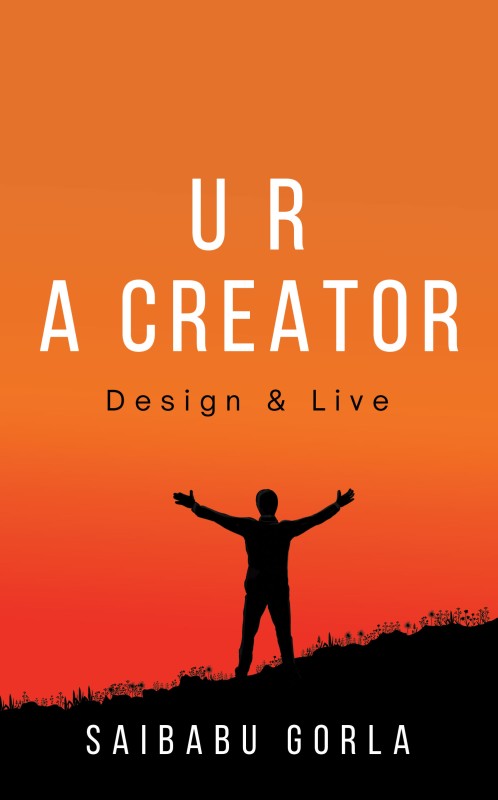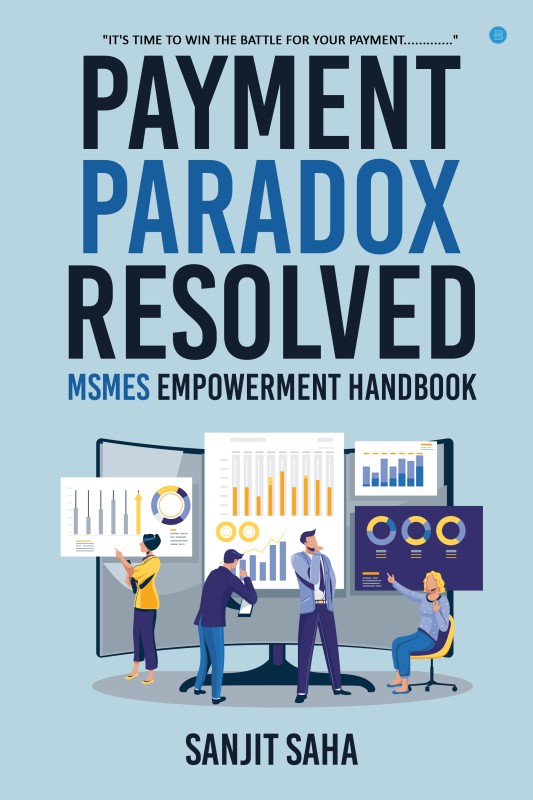Self-directed learning in the Competency based UG Medical Curriculum
by Dr Kailash Charokar | 22-Jan-2024
(0)
The importance and significance of Self-directed learning is very appropriately recognised and amalgamated as the necessity for learning of skills in the student-centric competency based medical education curriculum to cope in a fast-changing medi...
Original
Books
Fastest
Delivery
7-day
Replacement
Book Details
- Language : English
- Pages : 72
- ISBN : 9789359891217
- Genre: ACADEMIC
- Size : 8.5" x 11"
- Binding Type : PAPERBACK
- Age Group: + Years
- Paper Type : WHITE PAPER
- Interior : BLACK & WHITE
- Cover : MATTE FINISH
- Book Type : PAPERBACK
- Tags : Self-directed learning in the Competency based UG Medical Curriculum
-
Best Sellers Rank :
#1253 in Academics
#7935 in Global
Reviews
There are no reviews for this product yet.

 USD
($)
USD
($) AUD
($)
AUD
($) CAD
($)
CAD
($) EUR
(€)
EUR
(€) HKD
($)
HKD
($)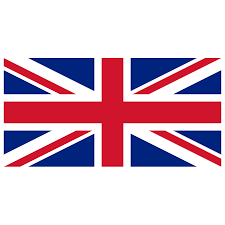 GBP
(£)
GBP
(£) SGD
($)
SGD
($)
